8.2 /10 1 Votes
78% Metacritic Developer Omiya soft | 8.7/10 IGN Initial release date 30 October 1997 Publishers Sega, Interchannel | |||||||||||||||||||||||||||||||||
 | ||||||||||||||||||||||||||||||||||
Composer(s) Takeshi YanagawaYuzo Koshiro Release date(s) SaturnJP: October 30, 1997PlayStationJP: May 1, 1999PlayStation 2NA: December 4, 2003Nintendo DSJP: October 16, 2008PSP / PS3JP: November 26, 2008 Platforms Genres Board game, Collectible card game Modes Single-player video game, Multiplayer video game Similar Omiya soft games, Board games, Other games | ||||||||||||||||||||||||||||||||||
Culdcept revolt announcement trailer
Culdcept (カルドセプト, Karudoseputo) is a turn-based strategy video game. It has drawn comparisons to other modern strategy titles, and also shares features with non-video games Monopoly and Magic: The Gathering. The first installment to reach North America was the expanded port of Culdcept Second released for the Sony PlayStation 2, the North American release was simply titled Culdcept. The first game was initially released only in Japan for the Sega Saturn and PlayStation, but was ported to the Nintendo DS in 2008 as Culdcept DS.
Contents
- Culdcept revolt announcement trailer
- Let s play culdcept final battle
- Gameplay
- Modes
- Mechanics
- Related products
- Manga
- Reception
- References

Let s play culdcept final battle
Gameplay
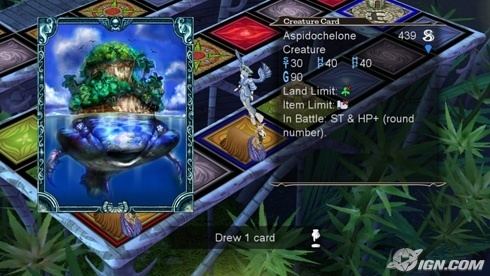
In Culdcept, the player takes on the role of a Cepter. Cepters are beings that have the ability to use magical cards to summon creatures, cast spells, and perform various other feats of wizardry. As players advance through the game, they earn additional cards that they can use to create customised "books" (decks of 50 cards) with which to better defeat their foes.
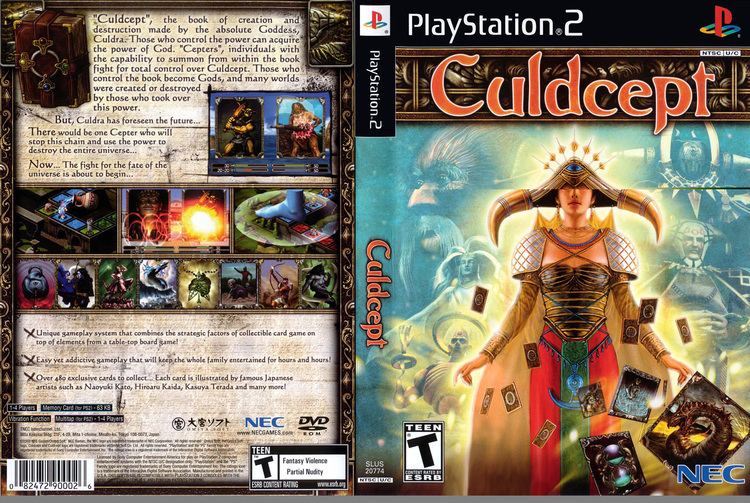
Although the game is relatively intricate, it slowly nurtures the player through basic game concepts. By acting as an arbiter and automatically enforcing the rules, game complexity is kept to manageable levels. After enough sessions, players should be able to figure out various strategies and be able to effectively practice deck optimization techniques.
Modes
There are two modes of play:

In Story mode, players play through the minimal plot of the game, eventually unlocking new game boards and earning certain cards that are only available through story mode play.
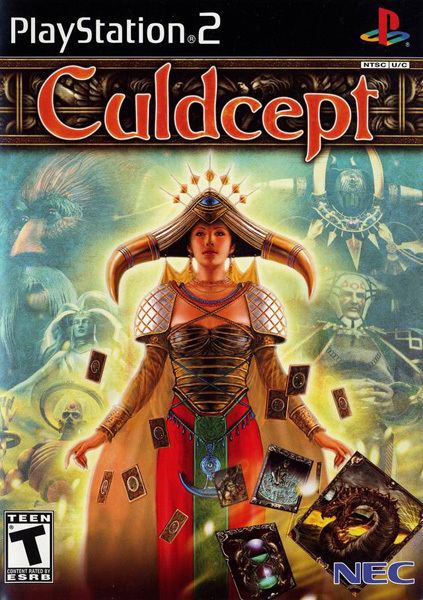
In Versus mode, players can play other humans or a mixture of human and computer players (AIs). This mode is hampered somewhat by the fact that all human players must play on the same console, and hence can see each other's hands. While players can trade cards, this mechanic is limited to prevent exploitation, in that players can only receive a single copy of a card which they haven't already earned through gameplay. Additionally, moving data between memory cards can only be done from within the game, and only one copy of a saved character and associated constructed decks can exist at any given time (to prevent data cloning).
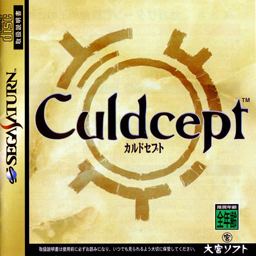
On PlayStation 2 or Nintendo DS, the "medal" system is a means to encourage players to construct some unusual decks, win some unique cards, and open up new optional boards. Once story mode is completed, the remaining challenge posed to the player is to collect various "medals" by meeting some easy and some more obscure gaming conditions through a combination of luck and deck design.
Mechanics
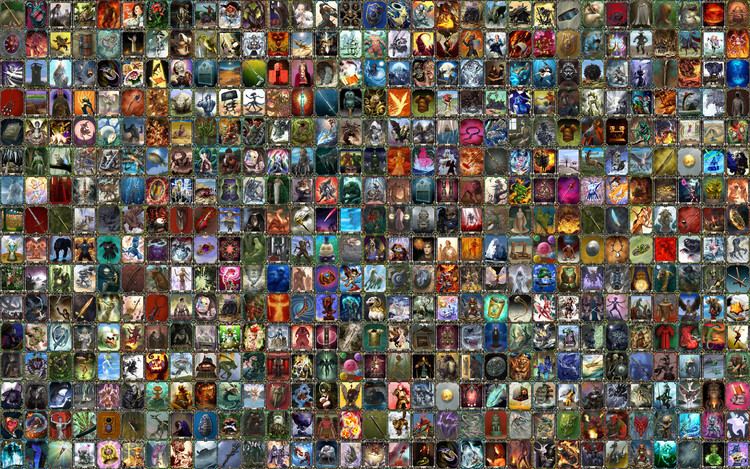
Gameplay resembles Monopoly in that players roll a die (or two dice with certain spells) to move around on a game board. However, instead of buying the property and putting houses and hotels on it, players instead summon a creature to defend the property with cards—the Magic: The Gathering aspect of the game. If an opponent lands on a property that one owns, the opponent either pays a toll, or can choose to attack the defending creature with one of their own in order to attempt to take over the property. Unlike Monopoly, this can result in one losing a piece of land after considerable investment.
There are four property colors that represent different terrain types, e.g. green = forest. The more a player invests in the property to "level it up" (ala adding houses or a hotel in Monopoly), the more the terrain flourishes (e.g. forests become more dense with trees). This then provides additional defense to creatures of the matching color type, and exacts a higher toll on opponents landing there. And as a player collects more lands of the same color (creating "chains") the tolls, as well of the land values, increase.
Culdcept also includes item cards that can be played during battle to help attack, defend, or manipulate the battle in a number of other ways. Along with creature and item cards are spell cards that cause other various effects to creatures, territories, and Cepters.
Related products
Culdcept is the first in a series of games by OmiyaSoft, originally released for the Sega Saturn. Two expansions were released on the PlayStation in 1999 and 2000 respectively. A sequel title Culdcept Second was released on the Dreamcast in 2001, with an expansion of its own released on the PlayStation 2 the following year. The sequel was marketed in North America as Culdcept, and published by NEC Interchannel.
On April 6, 2006, it was announced that a new entry to the series, Culdcept Saga, was in development. This new Xbox 360 title was released later that year in Japan, with a North American release on February 5, 2008. A Nintendo DS version, Culdcept DS was released in Japan on October 16, 2008.
Manga
Also available are a series of manga books based on the original Culdcept game. The manga for Culdcept is about an apprentice cepter named Najaran (with her worrywart talking staff, Goligan) who helps save the Culdcept, the book which the goddess Culdra had kept all the cards in until the War of the Gods. The manga was adapted by Shinya Kaneko and serialized in Japan by Kodansha in Magazine Z, and collected in six bound volumes. It is licensed in English by Tokyopop.
Reception
On release, Famitsu magazine scored the 1999 PS1 expansion of the game a 35 out of 40.
